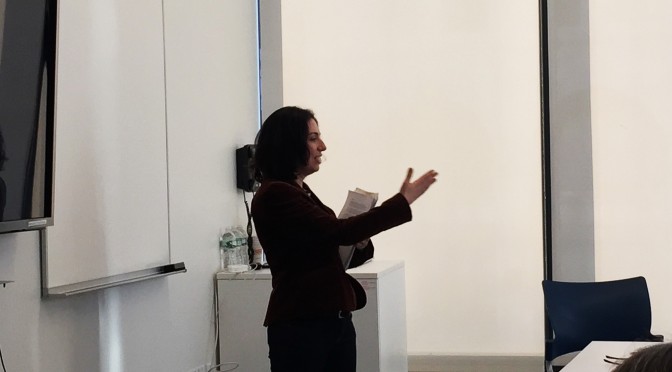Wednesday, March 24, 2021
3:00 pm EST
ZOOM: https://aiga.zoom.us/my/aiga.educators?pwd=bS83N09GTFVodWIzK210Qi9BYWFnQT09
Authors Robin Landa and Aaris Sherin will share their motivation for writing, talk about the importance of precedence and literature reviews, discuss different approaches to design writing, answer questions, and offer advice for new design writers. This event is for design educators who want to incorporate writing into their research agenda. Participants will identify the challenges they face approaching their writing projects.
Robin and Aaris will cite publishers for submissions. Join Robin and Aaris for this workshop as we kick off the first in a series dealing with writing, research and getting published.
Robin Landa, Distinguished Professor in the Michael Graves College at Kean University, facilitates the Design Incubation Fellowship book group and is the author of numerous books, including Graphic Design Solutions, 6e, Advertising by Design, 4e, and Nimble: Thinking Creatively in the Digital Age.
Aaris Sherin, Professor of Graphic Design at St. John’s University in Queens, New York, Director of Fellowships at Design Incubation and is the author of a number of books including her most recent publications Introduction to Graphic Design and Sustainable Thinking: Ethical Approaches to Design and Design Management.

